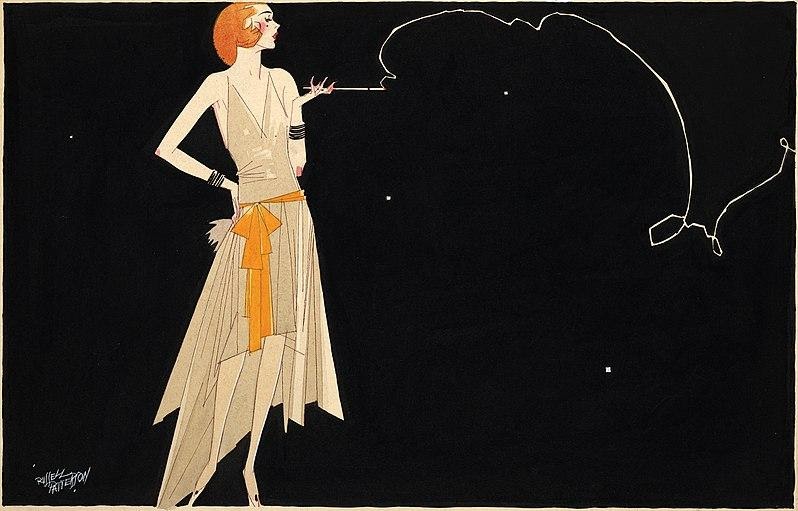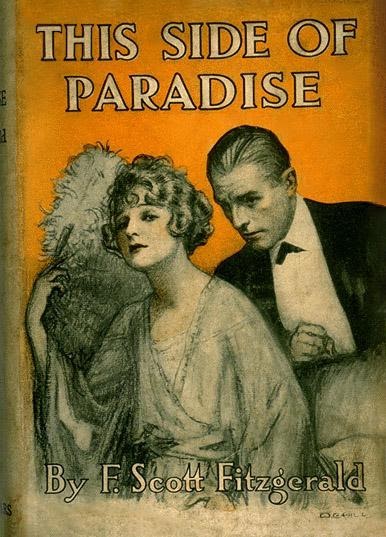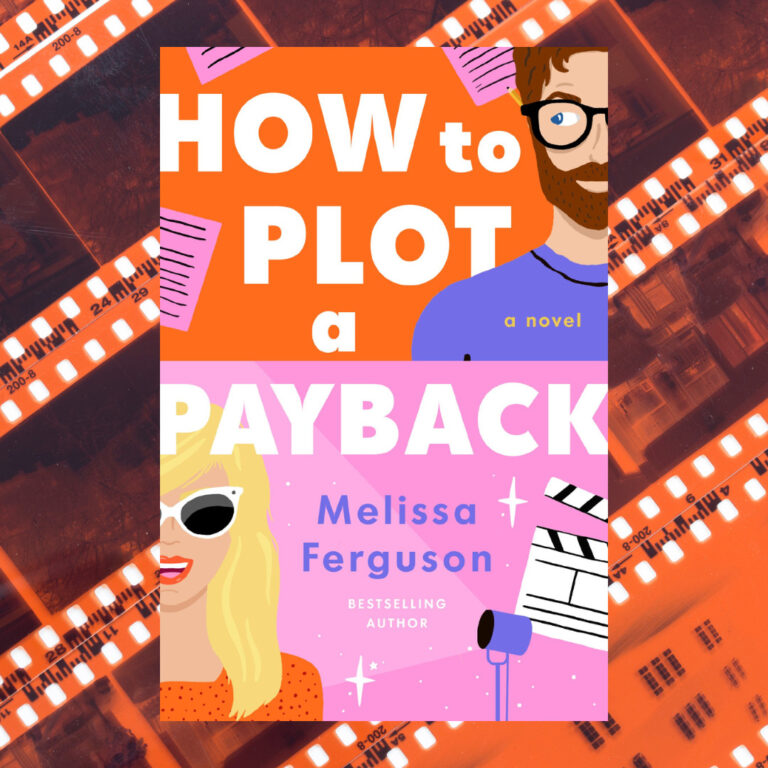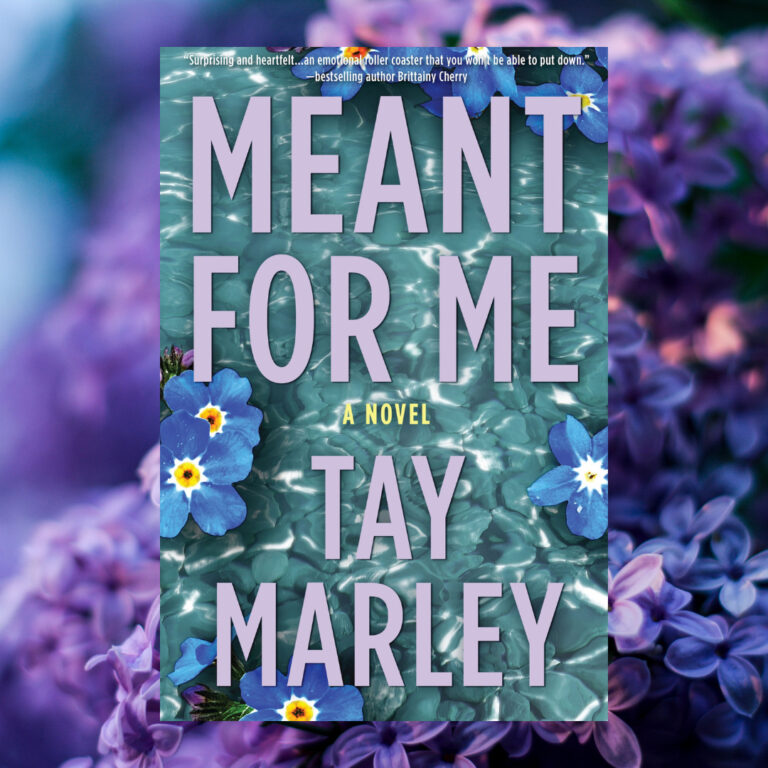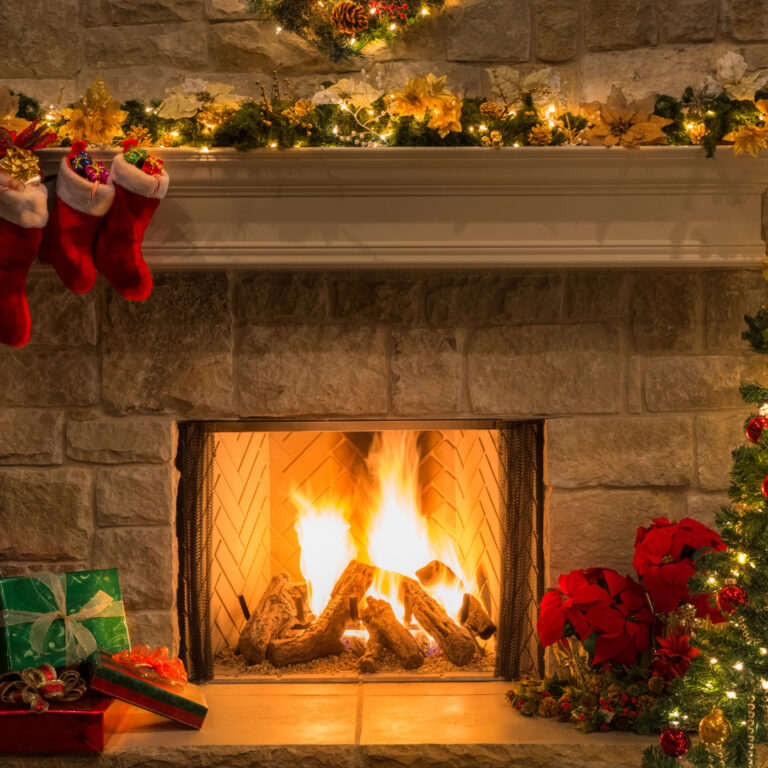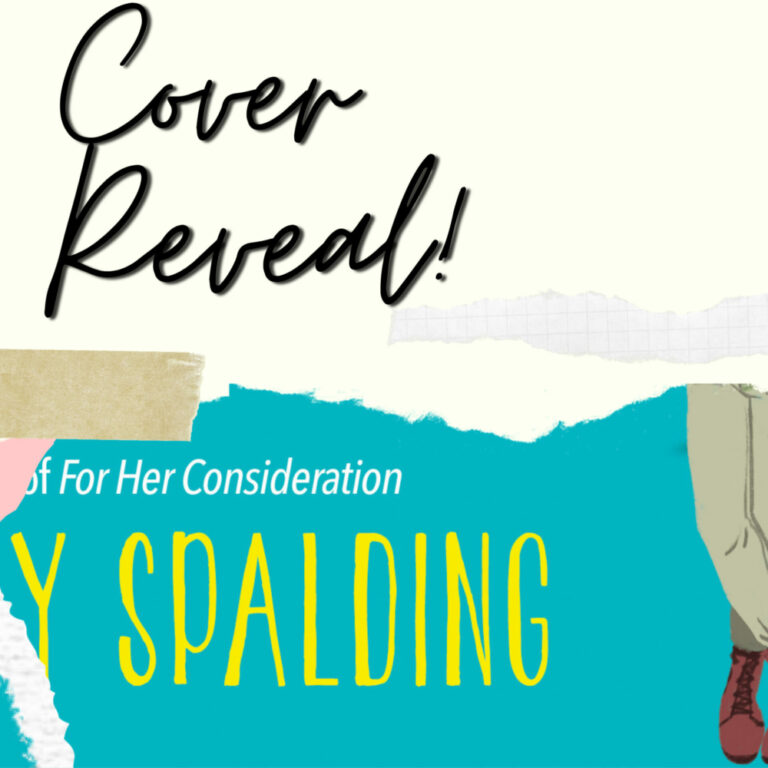“Here’s to alcohol, the rose-colored glasses of life.”
― F. Scott Fitzgerald, The Beautiful and Damned, 1922
On January 16, 1919, just months after the end of World War I, the Eighteenth Amendment to the Constitution of the United States was ratified, stating that after one year, what we now call Prohibition would begin. It would last for thirteen years.
War-weary, resourceful Americans would immediately begin to hoard available alcohol, and would soon be finding ways to trick the system. While this uproar and attempt at puritanical revisionism was going on, social mores and esthetics were changing. Following the ratification of the 20th Amendment in August of 1920, American women wanted to celebrate their hard-won right to vote for the first time. “Flaming Youth” became the catch-phrase for the young generation, the term taken the title of a then-scandalous 1923 novel by Samuel Hopkins Adams writing as Warner Fabian.
“Flaming Youth” wanted to party. What F. Scott Fitzgerald described as a “restless generation” in his 1920 debut novel, This Side of Paradise, would continue until the financial crash of 1929.
Throughout the Prohibition years, bootleggers (not to be confused with moonshiners) smuggled newly-illegal liquor from Canada and other countries and distributed it in the US. Alcohol could only be sold for religious ceremonies and for “medicinal” purposes.
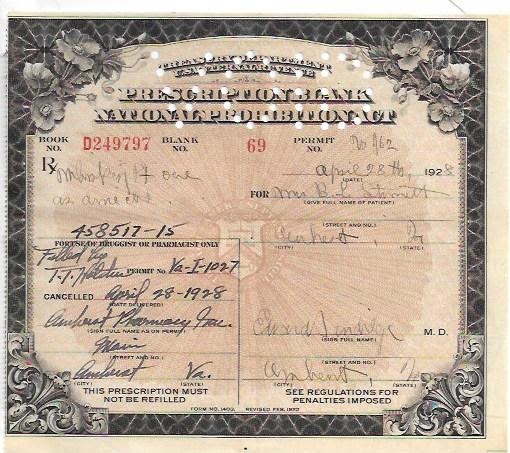
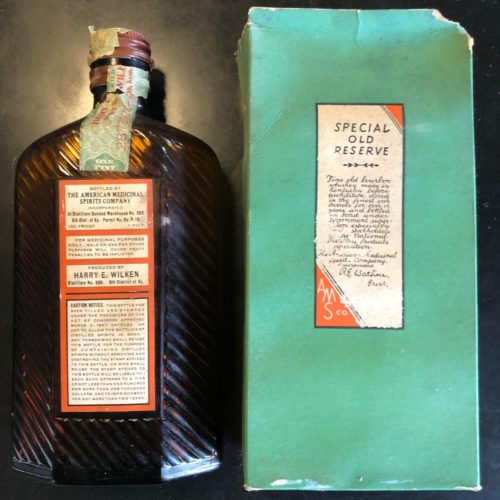
Unlike bootleggers, moonshiners were the men and women who produced illegal alcohol, using homemade apparatus to distill their own corn liquor and “bathtub gin” in carefully guarded undisclosed locations. Albemarle County, Virginia, where I live, had its share of moonshiners and nearby Franklin County was known as “The Moonshine Capital of the World.”
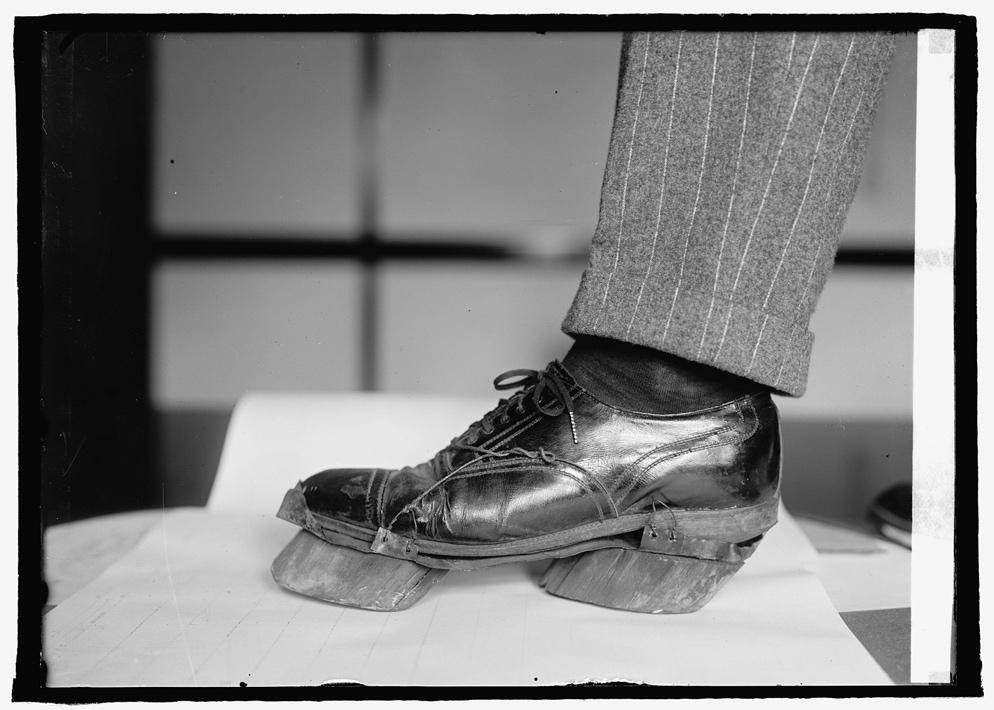
To a palate accustomed to brand name, barrel-aged bourbon or fine Champagne, drinking moonshine must have been like gas-station vending machine coffee versus Starbucks. While cocktails had been around for a while, mixed drinks became more popular in attempts to mask the raw taste of moonshine.
Recently, Sotheby’s held an auction in New York to commemorate the 100-year anniversary of Prohibition in America, featuring some fabulous barware from the era, such as these “Binoculars,” which were actually twin flasks. Hollow walking sticks and garter flasks were also popular.

Throughout Prohibition, Art Deco design—with both streamlined and angular elements inspired by industrial design—was at its peak. With a wink at Prohibition, stylized cocktail shakers appeared in whimsical shapes, such as these featured in the Sotheby’s auction.
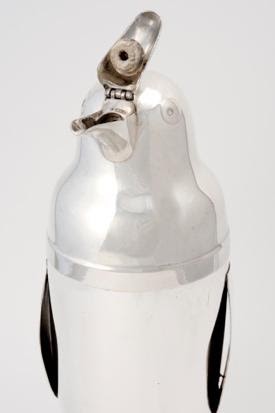
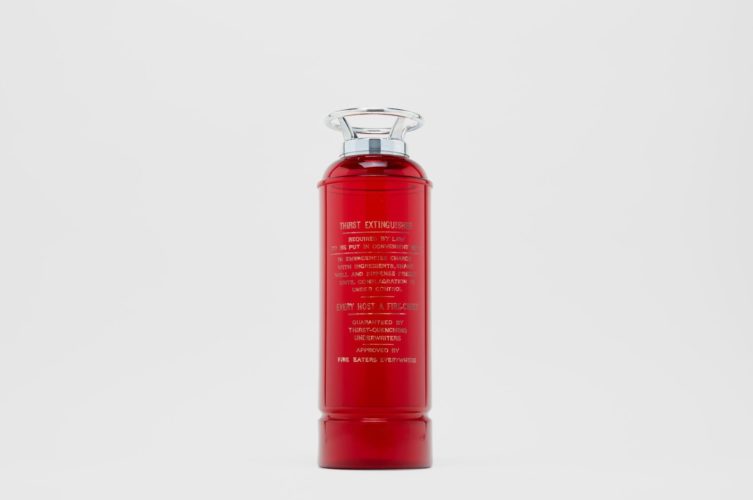
Chrome, beads, lamé—Americans, especially young Americans, wanted shimmer and sparkle after wartime rationing. “Flapper” style for young women became synonymous with “scandalous” bobbed hair, dancing the Charleston, smoking, driving automobiles, and petting. Clothing became more risqué, undergarments less restrictive.
Dressing for a debutante ball in 1913, the teenaged American socialite Mary Phelps Jacobs and her maid improvised the first brassiere from ribbon and handkerchiefs. She would go on to patent the design and would later become one of the most scandalous figures of nineteen-twenties Paris society, re-christened by her husband Harry Crosby as “Caresse.” They had a whippet named Clitoris. And that’s all I’ll say about Caresse.

Also in Paris, Coco Chanel was introducing her boxy, boyish knit dresses and (gasp!) trousers for women. The “Little Black Dress” would debut in 1926, made of wool knit used previously only for swimwear and undergarments. Chanel’s boyish “Garçonne” look would travel across the pond and influence American fashion, as would Madeline Vionnet’s bias-cut satins in the 1930s. No way could Greta Garbo wear a corset under there!
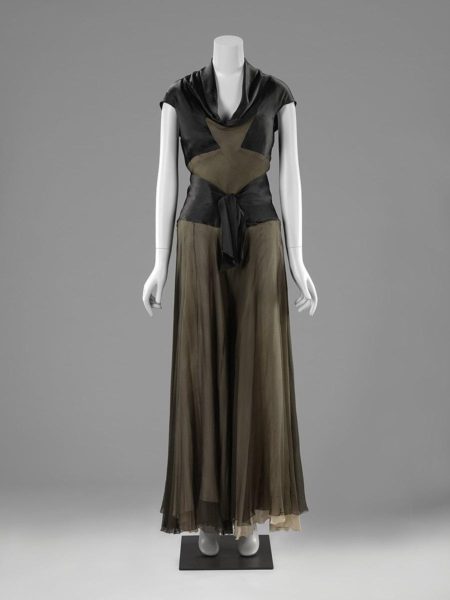

The actress and dancer Louise Brooks personified the American Flapper style, with her sleek bobbed hair and kohl-rimmed eyes. The flapper winked a mascaraed eye at naysayers. Smugglers and party girls found a way, with flasks concealed in boots or garters, and even high heeled pumps with hollow heels. In 1933, Prohibition would be repealed, but American women and American style would never be the same.


